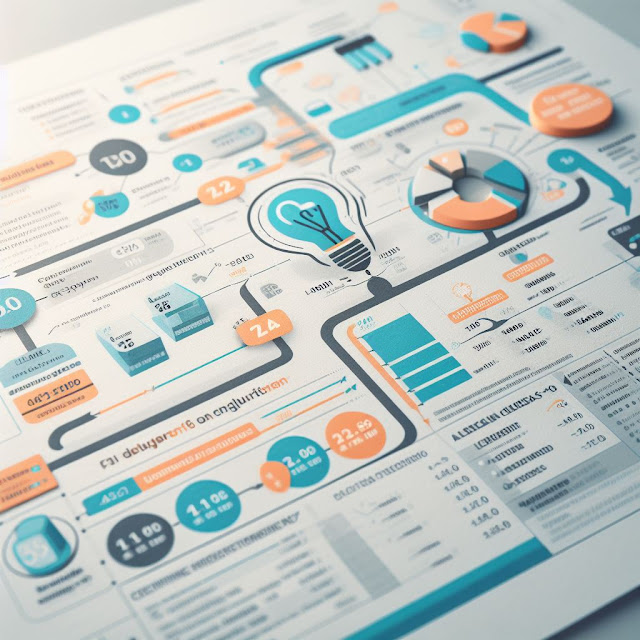Understanding Your Electricity Bill: Charges and Fees Explained
Introduction
In the ever-evolving world of utilities, understanding your electricity bill is essential. We are here to provide you with a comprehensive guide to unravel the complexities of your electricity bill. Our aim is to empower you with knowledge so that you can make informed decisions about your energy consumption and expenditures. Let's dive right into the intricacies of your electricity bill.
The Anatomy of Your Electricity Bill
Your electricity bill may seem like a bewildering assortment of numbers and terms, but we are here to demystify it for you. Let's break down the key components:
1. Usage Charges
Usage charges are the most substantial part of your electricity bill. They represent the cost of the electricity you've consumed during the billing period. These charges are typically measured in kilowatt-hours (kWh) and are billed at a rate determined by your electricity provider.
2. Service Charges
Service charges, often referred to as the "base charge" or "customer charge," are fixed fees that cover the operational and administrative costs of providing electricity to your home. These fees are applied regardless of your electricity usage.
3. Delivery Charges
Delivery charges encompass the costs associated with delivering electricity to your location. They include expenses related to the maintenance and operation of the power lines and infrastructure required to get electricity to your home.
4. Regulatory Fees and Taxes
Governments often impose various fees and taxes on electricity bills to fund energy-related initiatives or support environmental conservation efforts. These charges can vary significantly depending on your location.
5. Renewable Energy Charges
Many utility providers offer renewable energy programs that allow customers to support clean energy sources. If you've opted for such a program, you may see additional charges on your bill.
Deciphering Your Electricity Rate
Understanding your electricity rate is crucial because it directly affects your usage charges. Electricity rates can take various forms, and it's essential to know which one applies to your billing:
1. Fixed Rate
A fixed-rate plan means that you pay a consistent rate for electricity regardless of fluctuations in the energy market. This offers price stability and predictability, making it easier to budget for your energy expenses.
2. Variable Rate
With a variable-rate plan, your electricity rate can change periodically, often in response to market dynamics. While this can lead to savings during low-demand periods, it may also result in higher costs when demand is high.
3. Time-of-Use Rate
Time-of-use rates divide the day into different periods, each with its own electricity rate. Rates are typically lower during off-peak hours and higher during peak periods, encouraging consumers to shift their energy usage to less expensive times.
Tips for Managing Your Electricity Bill
Now that you have a better grasp of your electricity bill, let's explore some strategies to manage and potentially reduce your monthly costs:
1. Energy Efficiency
Invest in energy-efficient appliances and practices. Simple steps like switching to LED bulbs or sealing drafts in your home can lead to significant savings over time.
2. Thermostat Control
Install a programmable thermostat to effectively control the temperature in your house. Adjusting the thermostat when you're away or asleep can help lower your usage charges.
3. Understanding Peak Hours
If you're on a time-of-use rate plan, be aware of peak hours and try to limit energy-intensive activities during those times. Running your dishwasher or doing laundry during off-peak hours can save you money.
4. Explore Renewable Energy
Consider the option of using renewable energy sources, such as solar panels. While the initial investment may be high, it can result in substantial long-term savings and reduce your environmental footprint.
Conclusion
In conclusion, understanding your electricity bill is the first step toward taking control of your energy expenses. By familiarizing yourself with the various components of your bill, deciphering your electricity rate, and implementing energy-saving strategies, you can effectively manage your electricity costs.
Remember that knowledge is power, and in this case, it can also lead to savings. Empower yourself with the information you need to make informed decisions about your energy consumption. Your electricity bill should no longer be a source of confusion but rather a tool for managing your budget and reducing your environmental impact.


Comments
Post a Comment